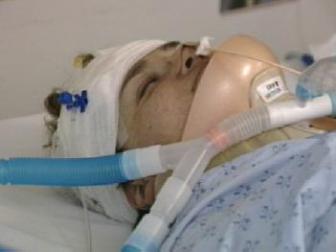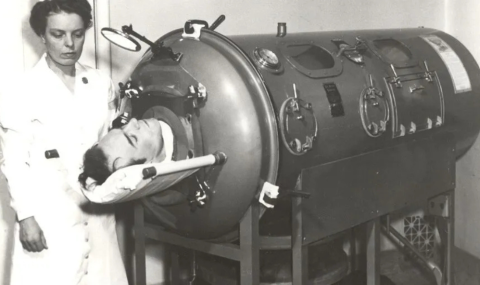| Evacuation |
Evacuation is the draining of blood or fluid from around the brain to relieve pressure. This therapy is used if the pressure from the fluid is affecting brain function. |
|
ICP drain
|
An intracranial pressure (ICP) drain is used to drain just enough fluid to bring the pressure inside the brain to a safe level. The pressure is monitored and the drain adjusted frequently. |
| Cerebral shunt |
A shunt is a kind of tube or drain that can be installed to drain fluid one way. Cerebral shunts are sometimes installed to drain CSF out of the ventricles and into the abdominal cavity. The fluid can then be reabsorbed by the body. Shunts are more commonly used to help children but are occasionally used for adults. |
|
Spinal Precautions
|
A person at risk of having a head or spinal injury will be treated with spinal precautions. A collar is used to prevent the neck from moving in case there may be damage. The patient will be transferred and repositioned by ‘log roll’ to keep the spine in a straight line. If tests confirm there has been no damage to the spine, precautions can be discontinued. |
| Restraints |
The MSICU uses a policy of least restraint. However, some patients, such as those suffering from delirium, may need to have their hands controlled with soft, wide cuffs to prevent them from pulling out their breathing tubes and other lines. |
| Cerebral angioplasty |
Much like angioplasty in the heart, surgeons can insert a catheter through an artery into the brain to repair damage from the inside. This is often a treatment option for aneurysms. The surgeon can fill the aneurysm bubble in with very thin coils of metal to make it stronger and prevent it from bursting and causing a bleed. |
Go back to Brain, Spinal Cord, and Nerves




